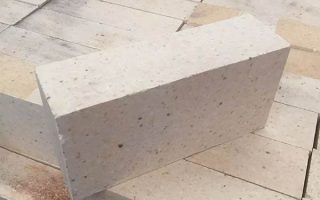Refrakter malzemeler genellikle 1580 ° C'den az olmayan refrakter olan inorganik metalik olmayan malzemelere atıfta bulunur. Fakat, Tanımlar dünya çapında değişir, Örneğin, Uluslararası Standartlar Örgütü tarafından resmi olarak yayınlanan uluslararası standart (ISO) bunu öngörüyor “Refrakter malzemeler metalik olmayan malzemelerdir veya en az 1500 ° C'lik refrakterlere sahip ürünlerdir”.
Japonya bunu tanımlıyor “Yüksek sıcaklıklarda erimesi zor olan inorganik metalik olmayan malzemeler”. Refrakter malzemenin tanımı ülkeden ülkeye farklı olsa da, Temel kavram aynı. Yani, Refrakter malzemeler, yüksek sıcaklıkta fırınlar için yapısal malzemeler olarak kullanılır, fırınlar, ve diğer termal ekipman, endüstriyel yüksek sıcaklık kapları ve bileşenleri için malzemeler, ve ilgili fiziksel ve kimyasal değişikliklere ve mekanik etkilere dayanabilir.
refrakter tuğla
Unlock the potential of our refractory bricks for your cement kilns. Enhance clinker production and reduce energy consumption.
Gündelik Refrakter Tuğla Ürünlerinin Performans Özellikleri
The chemical composition and structure of high-temperature glass bricks are the same as that of ordinary furnace linings. The chemical composition of refractory materials is mainly composed of silica (SiO2), Al2O3, SiO2, MgO2, Fe2O3, MgO, and MgO.
Aluminosilicate refractories are made of silica-based, sintered at high temperatures with an appropriate amount of alkaline molten liquid, and are heated and melted or mechanically ground to produce a sintered raw material or processed by a certain process.


